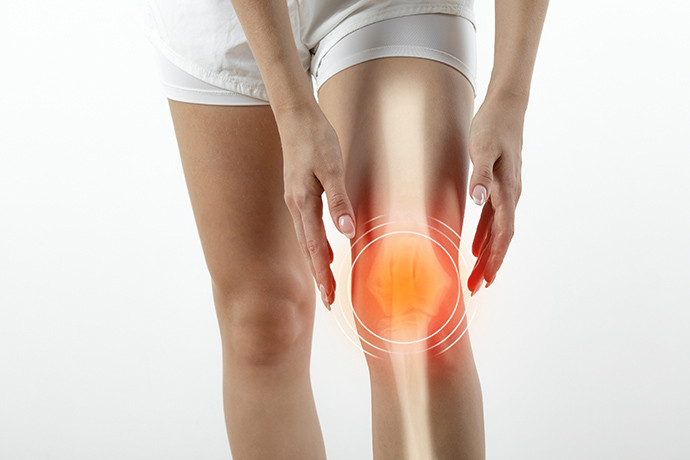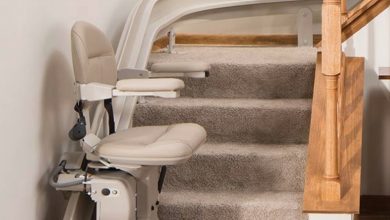What You Should Know About Orthoses For Osteoarthritis Of The Knee

Knee osteoarthritis is characterized by wear and tear that occurs progressively in the joint, shared in the elderly or middle-aged adults. You can learn more on prime care orthotics & prosthetics.
How To Identify Osteoarthritis Of The Knee
Wear affects the cartilage and the subchondral bone, which is the bone that sits just below the cartilage, but other structures are commonly involved, such as the menisci or ligaments. Weaknesses and muscle imbalances are also frequent, which will contribute to the development of pain.
The non-surgical treatment of arthrosis involves analgesic medications, weight loss, and muscle strengthening. Patients with deformities or instability can benefit from using orthoses (knee pads), which help stabilize and better distribute the weight between the different knee compartments, transferring the effort from a more compromised region to a less compromised one.
Knee Alignment
On a well-aligned leg, the weight of the body should pass evenly through the center of the hip, center of the knee, and center of the ankle; in some patients, however, the wear affects one part of the knee more than others, so that the knee begins to bend. When the inner part of the joint is more worn, the deformity is called varus, and when the outer part is more affected, the deformity that develops is called valgus.
In patients with varus or valgus deformity, the body weight is distributed asymmetrically, forming an area of bone compression through which all the energy of the step will pass and an area of distance, which tends to open during support. On the side subjected to compression, cartilage wear starts to occur more rapidly, while on the opposite side, the ligaments tend to loosen, worsening the deformity.
Stability
Osteoarthritis can also compromise the knee ligaments, which become weaker and tear or loosen. Patients with insufficient ligaments will need to exert more effort with the musculature to stabilize the joint, eventually changing how they step to compensate for the lack of ligaments. With this, the knee will be overloaded, and the pain will worsen.
Orthoses For Osteoarthritis
The use of knee pads in patients with arthrosis has already been the subject of great controversy in the medical community. There is no doubt that muscle strengthening is the most important point in the treatment, and there was the question that, with the use of orthoses, the patient would no longer use the muscles to stabilize the knee, and this would gradually lose its function, in a way that that the patient would become dependent on the orthosis.
This is entirely valid with rigid orthoses like in Lower Extremity Prosthetics in Las Cruces for example, which do not allow movement in the knee; flexible orthoses, however, reduce the effort dispersed in the joint (bone, cartilage, ligaments) while allowing the musculature to act normally. In this way, instead of replacing, the orthosis enhances the function of the musculature to generate movements. What is needed, in practice, is to find an orthosis with the necessary rigidity for each specific case since both excess and lack of stability can be harmful.
Orthotics are produced with a combination of rigid and flexible materials; the rigid part provides stability, which may be greater or lesser depending on the needs of each patient. On the other hand, the flexible part seeks to adapt the product to the patient’s knee shape, which is extremely important, not only for comfort but also because an orthosis that is not well-adjusted will not be able to provide the necessary stability.
Due to the complexity of the disease, the result obtained with the use of orthoses is quite variable, with some patients reporting little or no improvement and others significantly improving both pain and knee function. Choosing a suitable orthosis is extremely important, and before making the purchase, it is essential that you wear it to make sure it is well-adjusted and that it provides the necessary comfort since no one orthosis is suitable for everyone.





